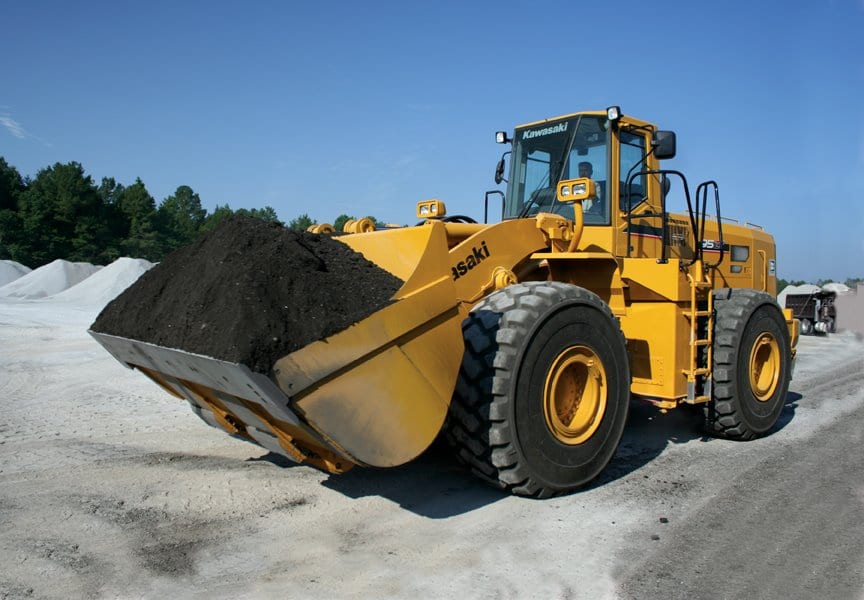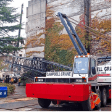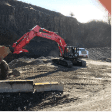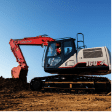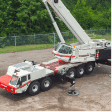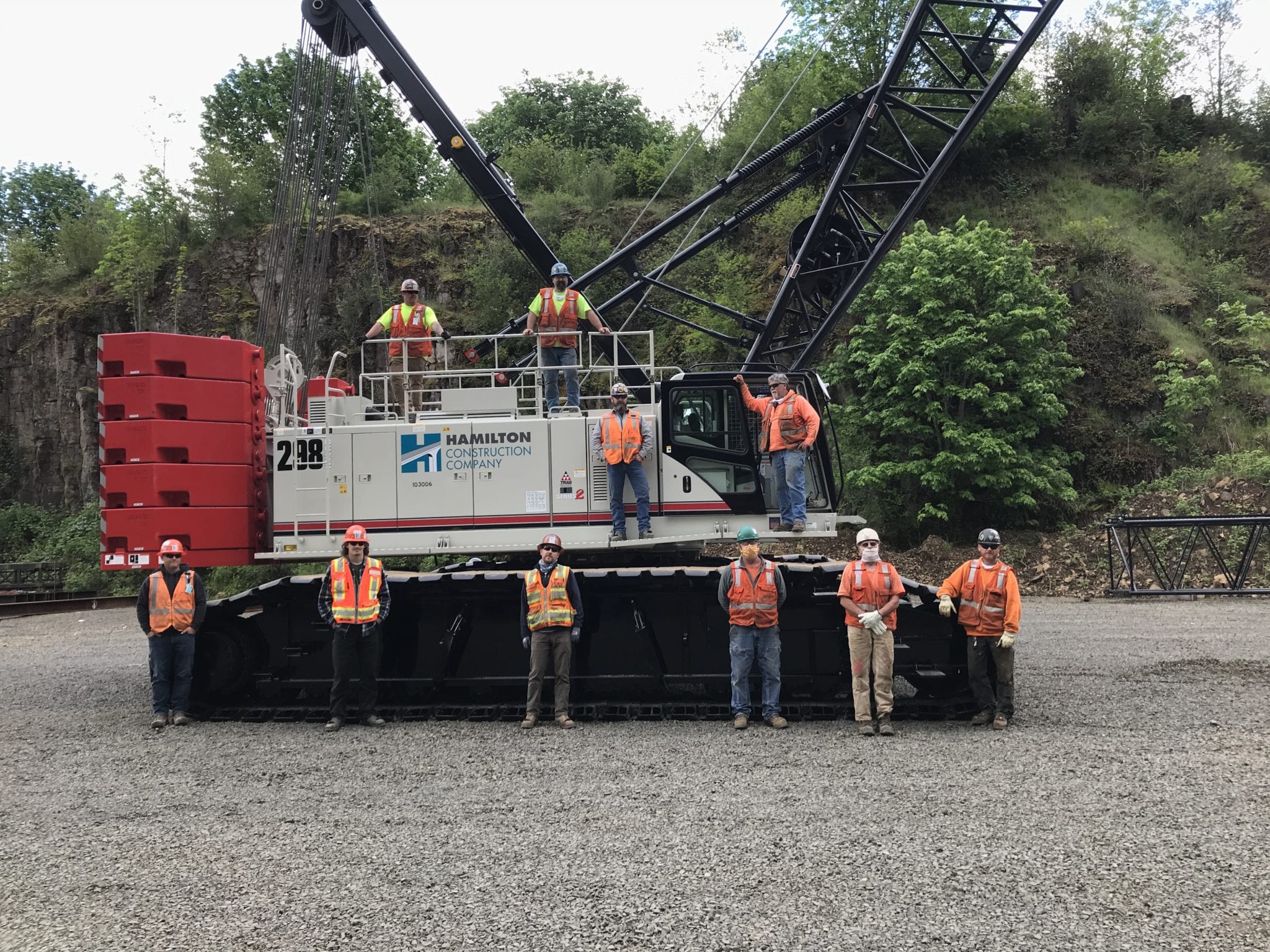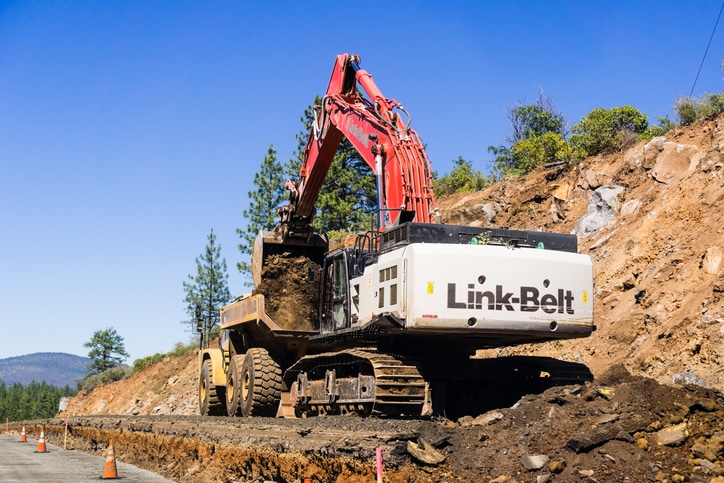In almost any industry, there is no enhanced productivity without improved efficiency. Too many wasted movements, wasted time, or wasted materials will affect the bottom line of any business. Even a delivery truck needs to think about fuel consumption when making their routes.
Wasting a gallon of gas one day may not seem like a lot. But multiply that number over 365 days and 100 fleet trucks. At three dollars a gallon, that’s more than $100,000 of loss. That’s more than just a write-off – it could be two full-time jobs!
Monitoring Your Productivity
In a way, punching a timecard was the first step in monitoring the productivity of your workers. Today, there is an entire marketplace designed for optimizing workflows of almost every industry. These facilitators monitor plant activity for a period of time and then make recommendations based on their findings.
Solutions include improved workflow, more efficient shipping, or safety guidelines to improve the health of the workers. “We’ve always done it this way” is no excuse for poor processes or execution of a task. With appropriate project management, you can make plant operations much smoother.
But what if the building isn’t even in place yet? At construction sites, being able to move quickly, safely, and productively is the name of the game. Missed deadlines, overtime pay, and other avoidable missteps will put a serious dent in the bottom line.
Using equipment telematics data, your managerial staff can devise strategies to combat some of that loss. Telematic systems are designed to link computer systems, vehicular systems, and telecommunication systems to create a symbiotic relationship with all departments. In real-time, project managers can see where a piece of equipment is and how it’s being used.
On-Site Construction Telematics
Through cellular networks, project managers are able to monitor vehicle use, service, and preventative maintenance. With equipment telematics, construction companies are able to monitor and control their equipment at all times. Although it may sound a little like Big Brother, telematics improves heavy equipment management.
Let’s say your LBX construction equipment is nearing a failure due to unsafe operation or some other reason. The telematic management software will display a fault code or other trouble code to the equipment monitor as well as send an email to a designated employee.
A kill code may be used to stop or severely limit the use of the excavator, crane, or other machinery. In a matter of a few seconds, a catastrophic problem or potential injury can be prevented. With this information, additional training can be scheduled for the operator if necessary.
These telematic solutions aren’t just to keep an eye on workers or equipment at a job site. Through GPS location tracking for construction equipment, geo-fencing can be used to prevent equipment from leaving a designated work area. Using the same machinery tracking devices, potential theft or unlawful operation can be blocked.
The construction industry spends a lot of time finding ways to improve efficiencies and safety while on the job site. With telematics, issues, accidents, and problems can be halted before they have a chance to happen. Ask your local Triad Machinery how this technology and LBX RemoteCARE capabilities can help your job site productivity.

